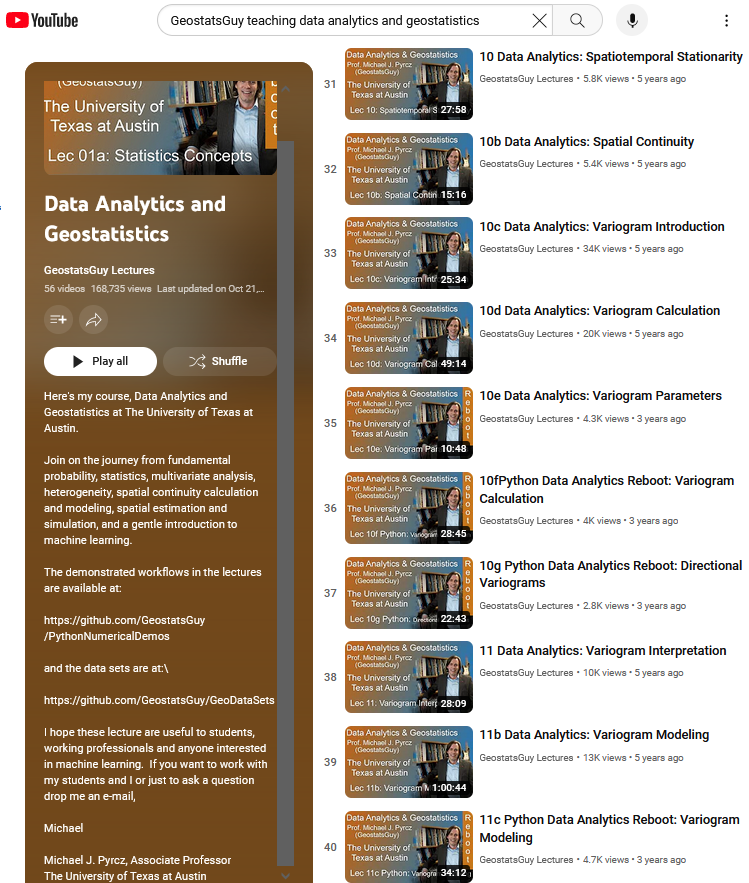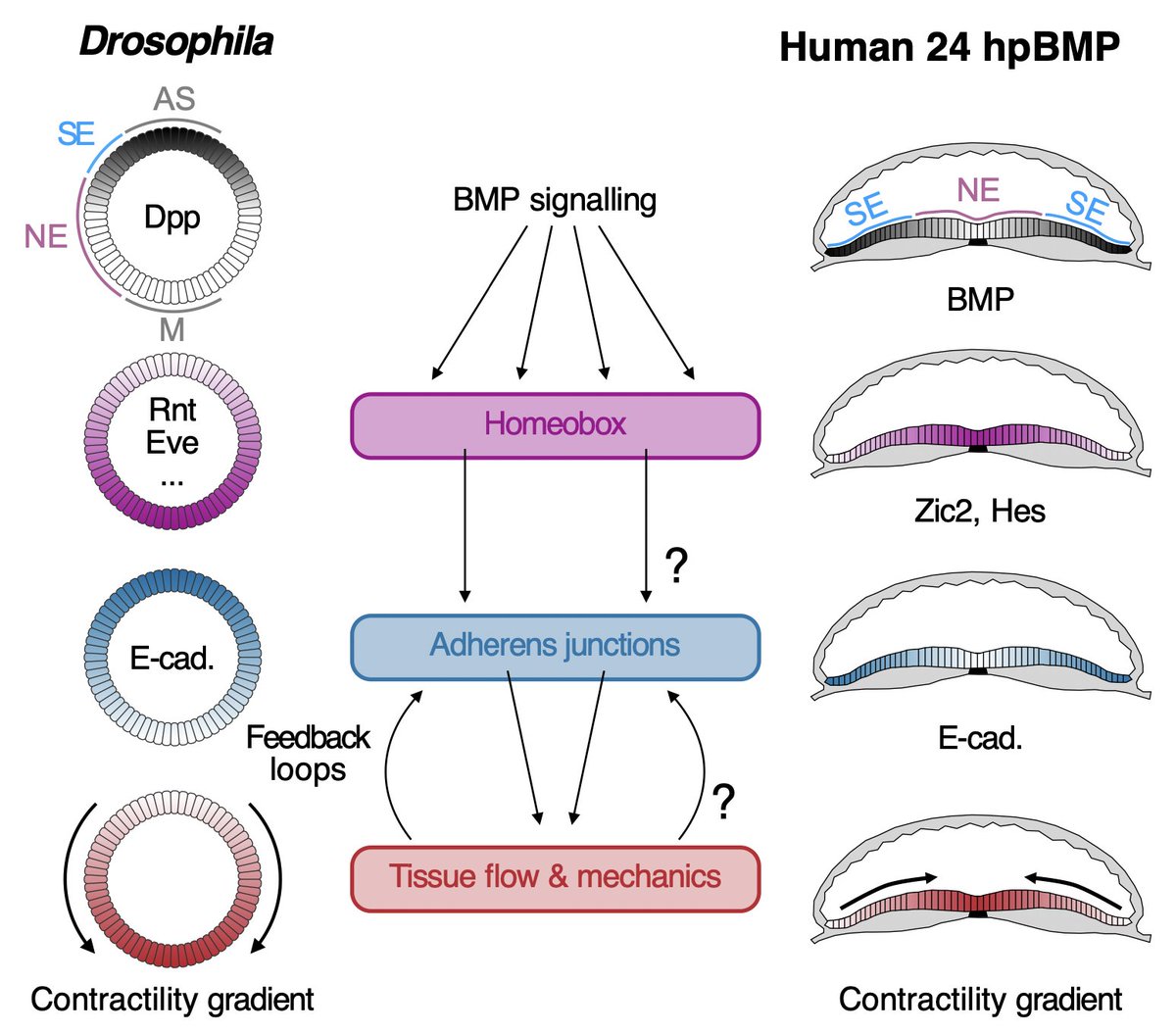
sevensteps
@sevensteps22
Twelve years of few memories leaves a thousand years of acacia tears.
ID: 1532736356362887169
03-06-2022 14:50:20
74 Tweet
18 Takipçi
136 Takip Edilen
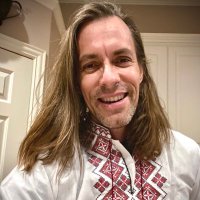



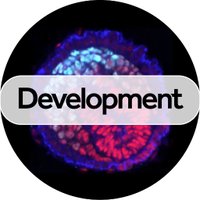
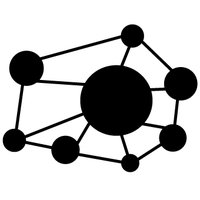
Our approach to infer forces from 3D fluorescence microscopy is published in Nature Methods ! t.ly/_oaXt Congrats to all authors sacha rémi dumollard Alex McDougall Hervé Turlier Simply type pip install foambryo to try And stay tuned... CIRB_CdF CNRS Biologie
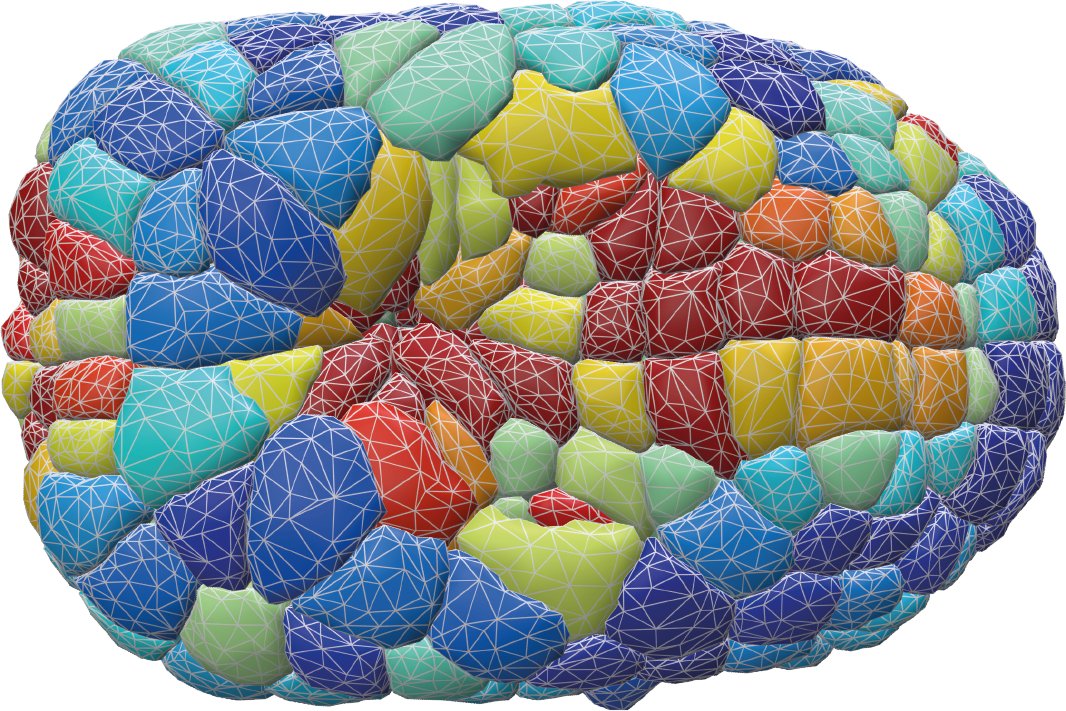
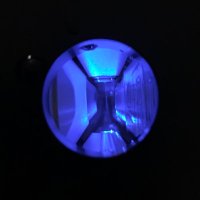

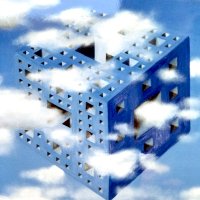
How similar are computational and biological systems? How can computer science get inspiration from biology? Here's a great @EMBOpress paper by UMD Department of Computer Science Saket Navlakha & Ziv Bar-Joseph on the convergence between biology and computer science: embopress.org/doi/pdf/10.103…
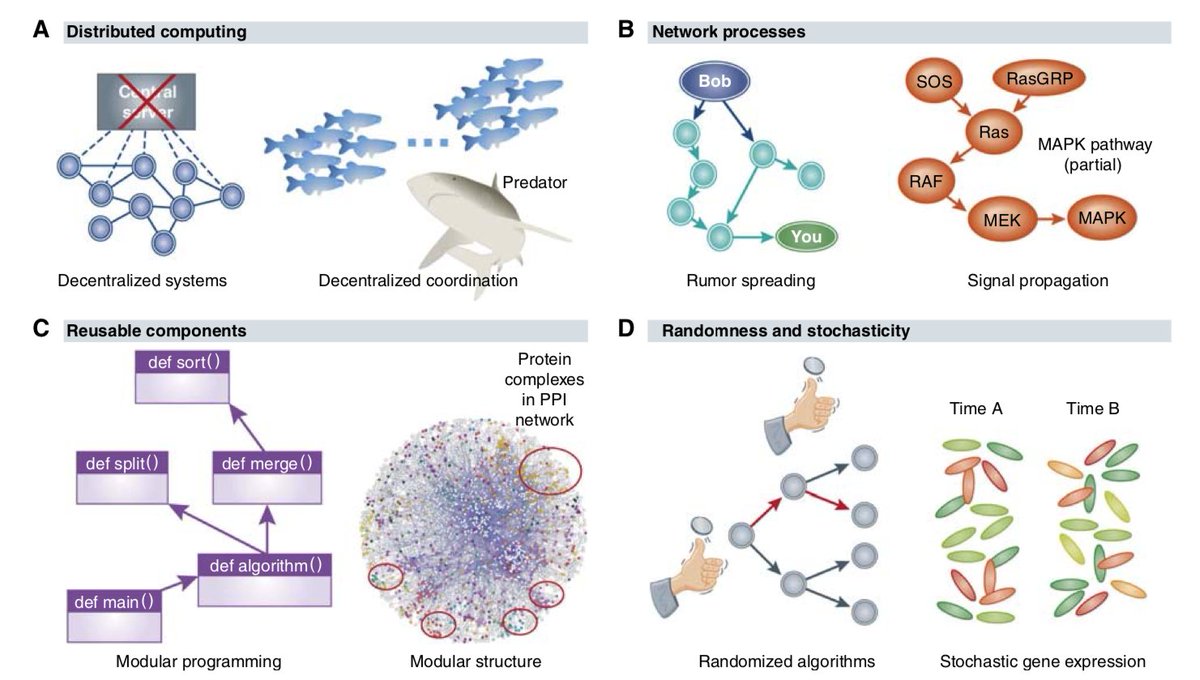
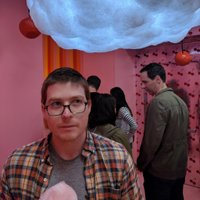
Our first paper is out in Cell! Led by Rohith Rajasekaran, we present a programmable reaction-diffusion system that generates synthetic protein waves, oscillations, and patterns for spatiotemporal circuit design and FM data-encoding in human cells. authors.elsevier.com/a/1iN8ZL7PXmeeN
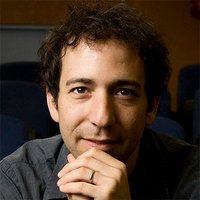

A Perspective in Nature Aging discusses the Information Theory of Aging, which proposes that aging primarily stems from the loss of youthful epigenetic information that can be restored via epigenetic reprogramming to heal injury and reverse aging. 🔒 go.nature.com/3S3ApHD

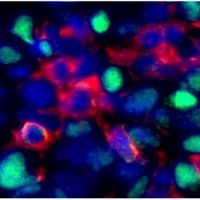


Thanks Müller Lab for the excellent perspective. Love the musical chord analogy.


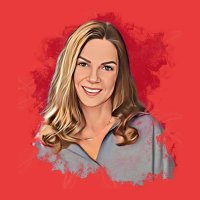

Using ancient DNA recovered from a fossil bone, researchers in Science Advances have reconstructed a complete genome of the little bush moa, an extinct species of flightless bird that once roamed the forested islands of New Zealand. scim.ag/75U
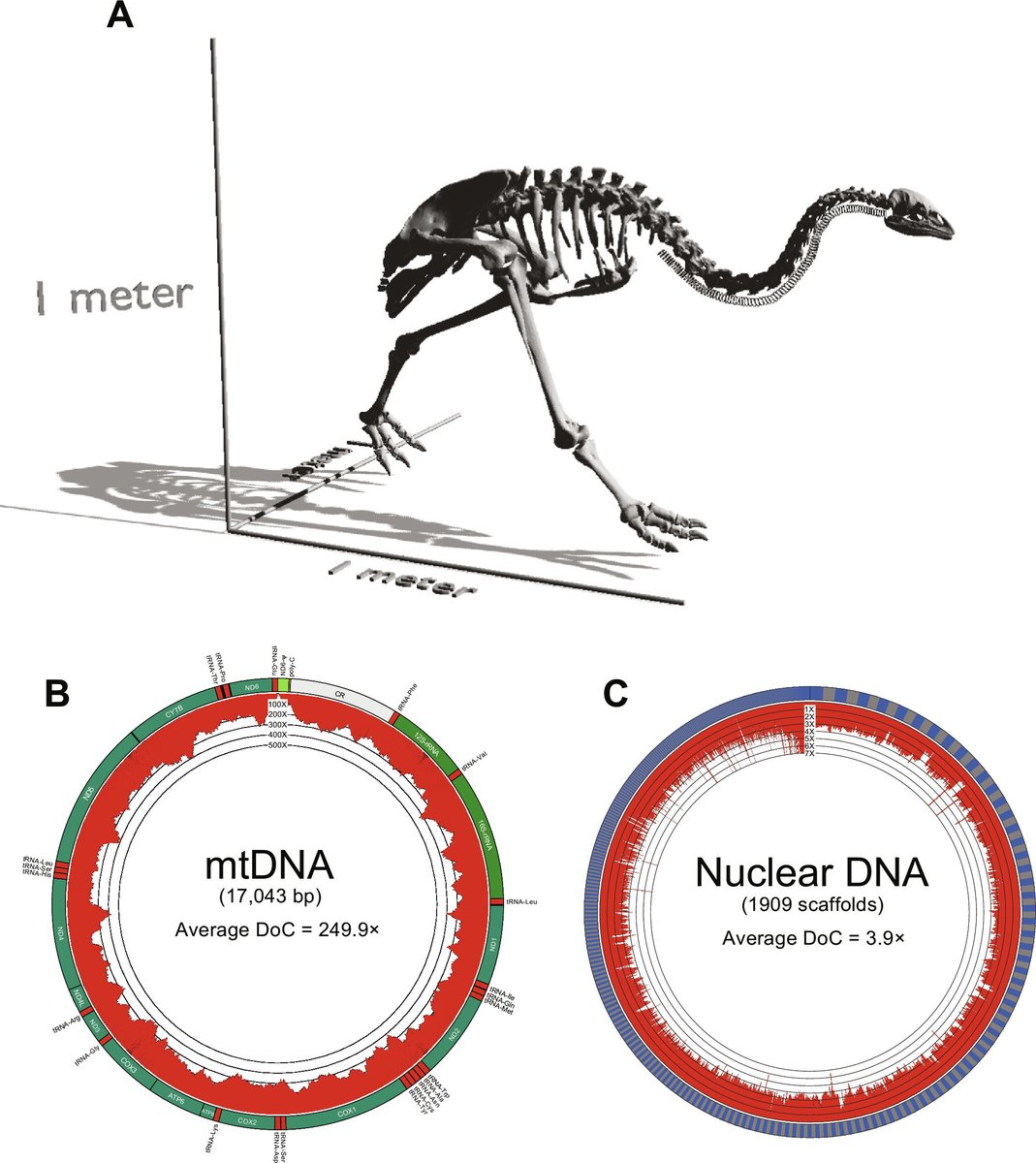
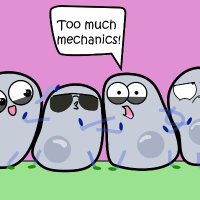
David Brückner Thomas Gregor William Bialek In many developmental systems, cells don’t read out pre-established gradients, but interact to self-organize shapes. How can we quantify the information in self-organized patterns? We recently proposed how to measure the total information in a pattern. x.com/d_brueckner/st…

